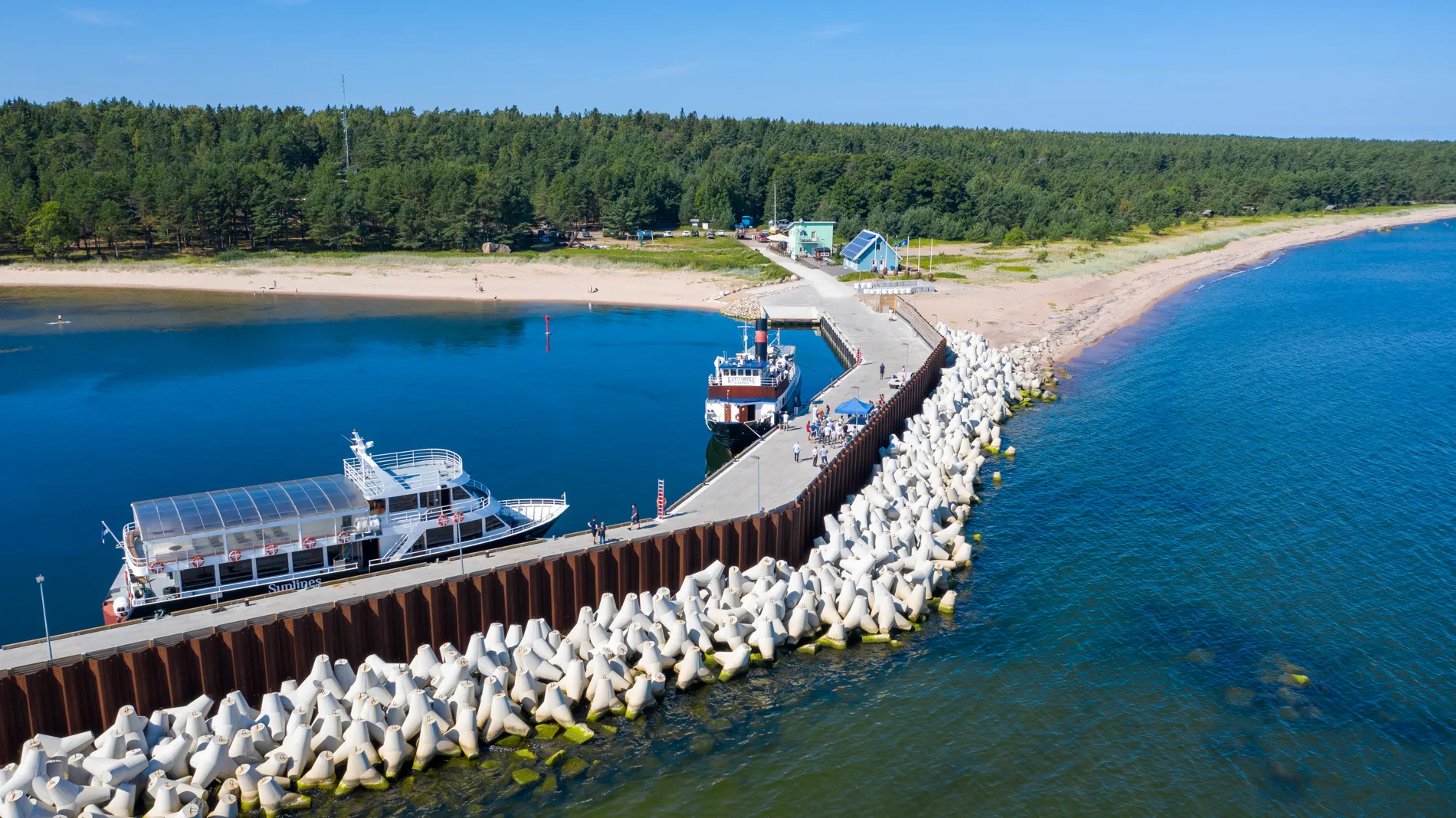ESTONIAN ISLANDS - a short guide
- Regina Bauer
- Jun 28, 2023
- 3 min read
Estonia, a country situated in Northern Europe, is indeed home to a fascinating archipelago consisting of over 2,000 islands. Each of these islands possesses its unique charm and characteristics, making them diverse and captivating destinations to explore. Let's delve deeper into some of the notable islands in Estonia's archipelago:

Saaremaa, also known by its Swedish name Ösel, stands as the largest island in Estonia. It holds significant historical importance and is often associated with the ancient chronicles of Roman and Greek civilizations, where it was mentioned as Ultima Thule. Saaremaa has a rich Viking heritage, adding to its allure. Nowadays, it has transformed into a splendid weekend getaway, offering a delightful blend of attractions such as castles, spas, and picturesque windmills. The island's coat of arms proudly displays two symbols, a ship, and a falling star, which commemorate the meteorite impact that occurred between 1530 and 1450 BC.
Hiiumaa, or Dagö in Swedish, is the second-largest island in Estonia. It is renowned for its mesmerizing lighthouses, among which the Kõpu lighthouse holds particular significance. Built in 1531, Kõpu lighthouse is one of the oldest operational lighthouses in the world, standing as a testament to Estonia's maritime heritage and navigational history.
Osmussaar, known as Odensholm in Swedish, holds a place of fascination due to its connection with Norse mythology. According to certain legends, Osmussaar is believed to be the burial site of Odin, the Norse god associated with wisdom, war, and poetry. The island has witnessed continuous settlement by Estonian Swedes, dating back at least to the 14th century, until the upheavals of World War II disrupted this longstanding community.

Muhu, located between the west coast of Estonia and Saaremaa, is an island known for its vibrant and colorful handicrafts. The island's artistic heritage shines through its intricate patterns, embroidered textiles, and beautifully crafted items. Muhu is connected to Saaremaa by a bridge, allowing visitors to easily explore both islands and experience their distinct cultural offerings.
Vormsi, influenced by its Swedish seafaring settlers, preserves a distinct architectural style and place names that reflect its historical connections. The island was primarily inhabited by coastal Swedes until 1944, contributing to its cultural diversity. Notably, Vormsi boasts the world's largest collection of ring crosses, which are symbolic and decorative wooden crosses adorned with intricate carvings.
Kihnu, recognized as a UNESCO World Heritage Site, presents a fascinating glimpse into a traditional way of life that is primarily governed by women. The island's residents, dressed in colorful folk clothing, engage in fishing, handicrafts, and uphold unique cultural celebrations. The preservation of these traditions has made Kihnu a remarkable and cherished cultural gem.
Naissaar, also known as Nargen in Swedish, is conveniently located close to the capital city of Tallinn and can be visited on a day trip. The entire island is under nature protection, offering visitors a pristine environment to explore. Naissaar's attractions range from beautiful sandy beaches and picturesque hiking trails to a rich military heritage. Additionally, the island hosts the popular summer festival called Nargen, which further adds to its appeal.
Piirissaar, situated in Lake Peipsi on Estonia's southeastern border, is home to a community of Russian Old Believers. These residents engage in vegetable farming and fishing, preserving their unique cultural practices. The island provides a tranquil setting for visitors to experience the traditional way of life and appreciate the natural beauty surrounding Lake Peipsi.
Vilsandi, located near Saaremaa, offers a breathtaking experience for nature enthusiasts. The island, accessible on foot during low tide, is a haven for tens of thousands of waterfowl, including those that migrate through the area or choose to nest in the Vilsandi National Park. The park's diverse ecosystems also serve as a vital habitat for Baltic grey seals, further enhancing its appeal to wildlife enthusiasts.
Aegna, a small island that is part of Tallinn city, provides a delightful escape from the urban hustle and bustle. It is a popular destination for day trips and camping, offering approximately 15 kilometers of scenic walking routes. Aegna allows visitors to immerse themselves in nature, explore the island's picturesque landscapes, and enjoy a serene environment just a short distance from Estonia's capital.
Your virtual tour of these Estonian islands has certainly piqued curiosity and created a desire to experience their beauty and charm firsthand. Each island holds its own treasures, from cultural heritage and traditions to stunning natural landscapes. Exploring these unique destinations in person promises an unforgettable journey through Estonia's captivating island realm.












































Comments